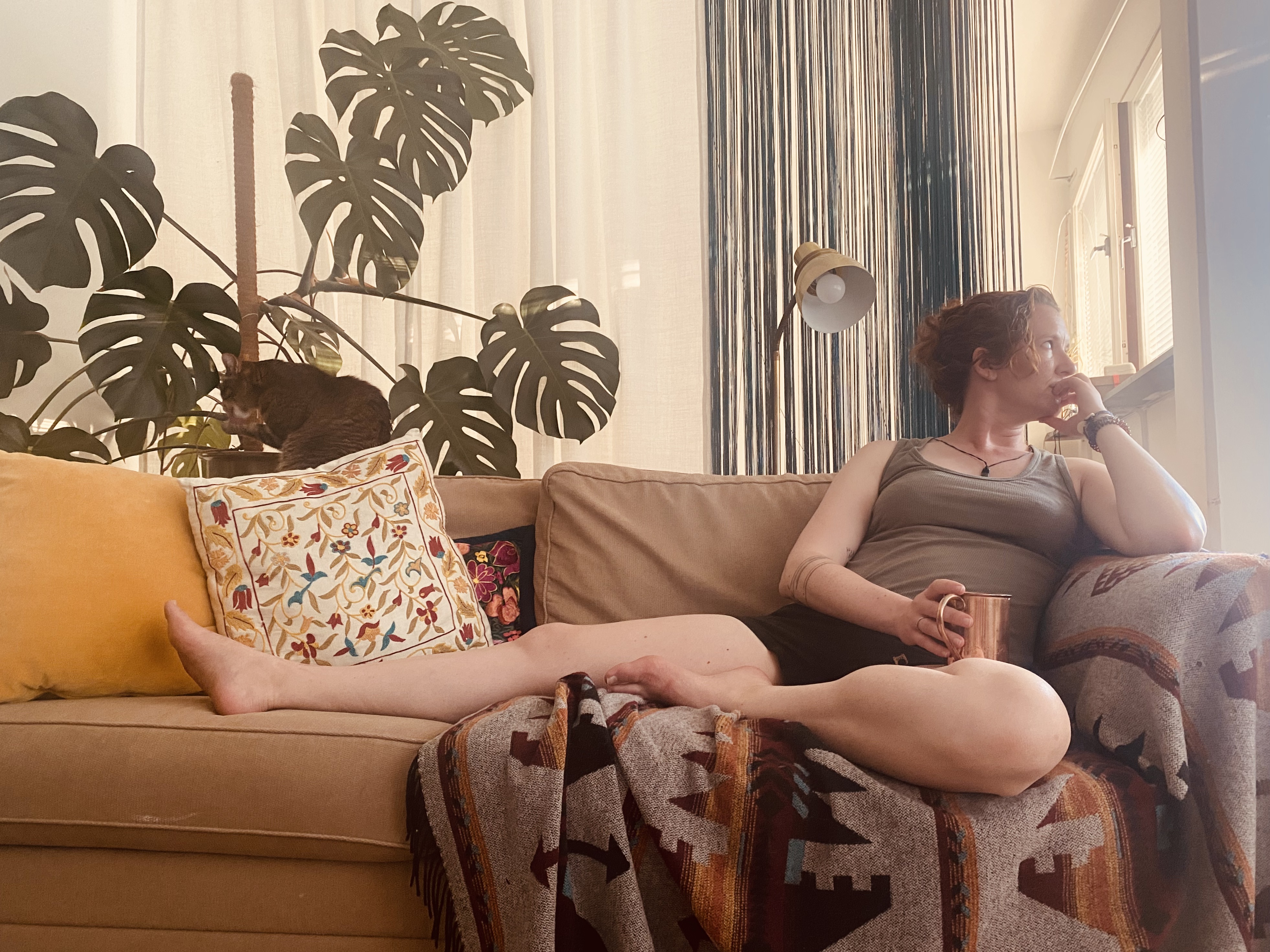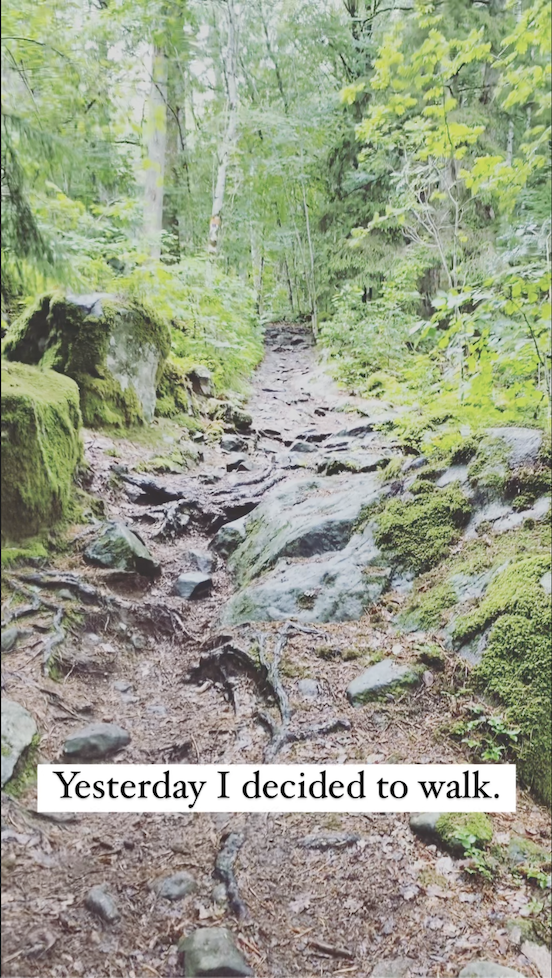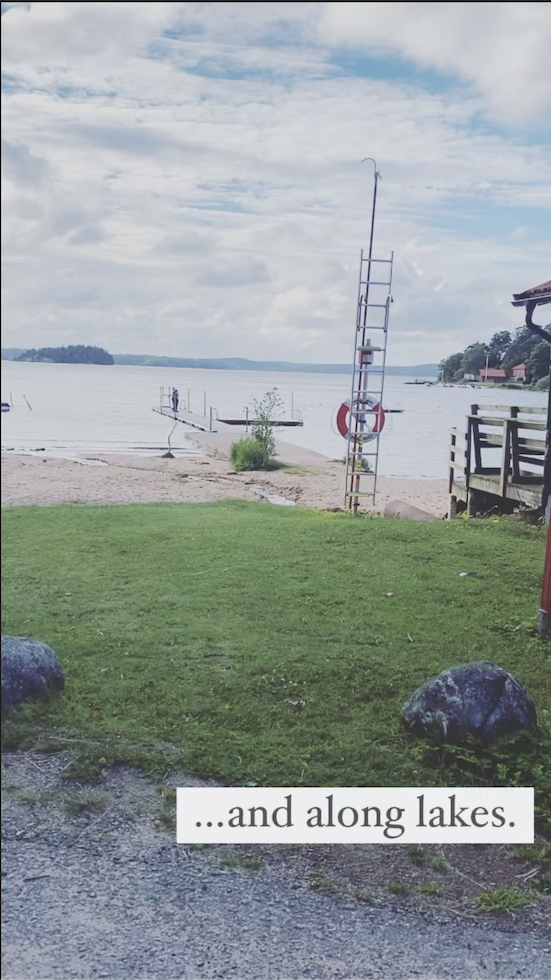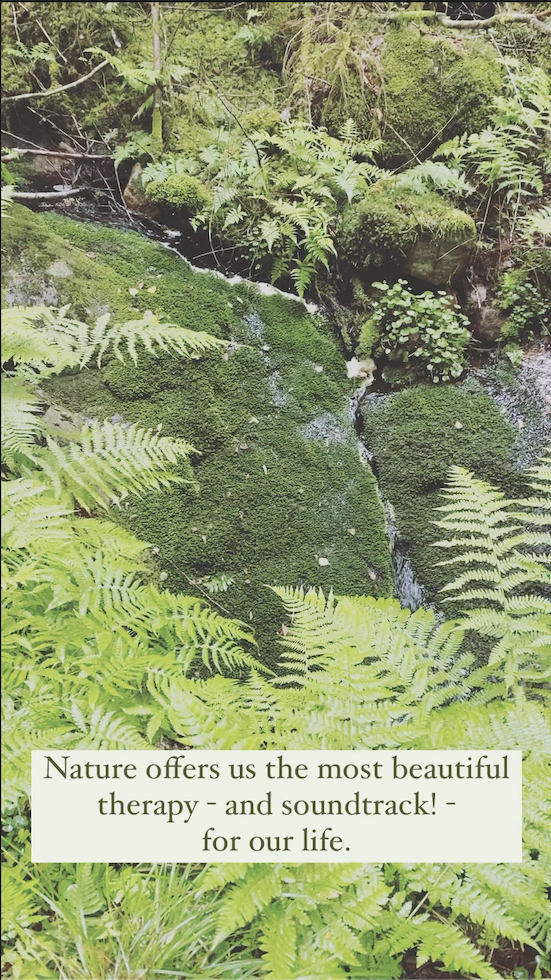Locks. So many locks.
The contrast could not have been bigger.
After 10 days in a Swedish summer house by the sea with no locks on our door, we are now in an apartment block in the north of Göteborg. With many locks.
We swapped a small village vibe where everyone greeted each other with video surveillance and people avoiding each other’s eyes.
My chest tightened.
I, myself, started to look away as the vibe of the summer house faded. I looked away to avoid connection. It is almost funny to observe my own behavior. But it’s not funny for people living here.
I guess the many empty gas bottles I found by the parking lot fit into the picture. First I thought someone was having a big birthday. Then I learned about „Huffing“.
How does the environment shape our behavior?
How does the surrounding affect our wish to connect, and our need to build relationships?
It’s easy to talk about „them“ and how „we would not behave like that in their situation“. That’s wrong. We would most likely behave the absolutely exact same way with the surrounding environment, upbringing, and the system’s values and rules.
I mean, I did.
I turned from being an open, smiling person to someone trying to disappear quickly behind the apartment door.
It’s not the individual’s fault. It’s not the individual who is bad from within. It’s the situation that shapes our behavior.
Situationism. The theory that changes in human behavior are factors of the situation rather than the traits a person possesses.
Not just in the apartment block, but in all parts of our failing system.
How can we change the situation with the beauty of a living system where we belong and feel connected?



On day 7, I realized how wrong I was with my previous observations. The tools to overcome the anonymous were there all the time. Community rooms with wide open doors. Afternoon activities to gather all the kids around. Volunteers offering chances for connection. And people looking and smiling at me – me, the short visitor to their daily world.
How many of the locks do people actually use here? How much are they a remnant of past years? Before all the volunteer workers started rebuilding the community within concrete blocks.
Regeneration doesn’t stop with farming or within the food system. Regeneration involves all aspects of our societal life. Everyone in all daily actions shapes the culture we want to live in.
And more than once it helps to question our first impression.
Some walking I did to sort my thoughts.












